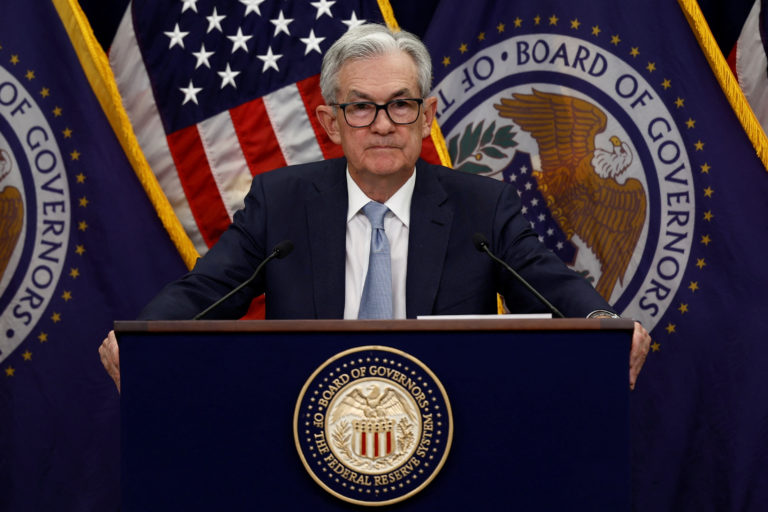Federal Reserve Chair Jerome Powell has once again underscored the cautious stance of the US central bank regarding interest rate cuts, emphasizing the need for greater confidence in addressing the persistent challenge of inflation. In his recent address to lawmakers, Powell reiterated the Federal Reserve’s commitment to carefully assess economic indicators before considering any adjustments to monetary policy.
The ongoing debate surrounding inflation and its implications for the broader economy has been a focal point of discussions within the Federal Reserve and among financial experts. With inflationary pressures persisting and concerns about rising prices affecting consumer spending and investment decisions, Powell’s remarks serve to provide clarity on the Federal Reserve’s approach to managing monetary policy.
One of the primary objectives of the Federal Reserve is to maintain stable prices while fostering maximum employment—a delicate balancing act that requires careful consideration of various economic factors. Powell’s insistence on the need for confidence in addressing inflation reflects the Federal Reserve’s commitment to fulfilling its dual mandate effectively.
The recent surge in inflationary pressures, fueled by factors such as supply chain disruptions, increased demand, and rising commodity prices, has prompted concerns among policymakers and market participants alike. While acknowledging these inflationary dynamics, Powell emphasized the importance of distinguishing between transitory price increases and more enduring inflationary trends—a distinction that informs the Federal Reserve’s policy decisions.
In assessing the trajectory of inflation, the Federal Reserve relies on a range of economic indicators, including consumer price indices, wage growth, and measures of inflation expectations. Powell’s emphasis on the necessity of greater confidence in addressing inflation underscores the Federal Reserve’s data-driven approach to policymaking, which prioritizes a comprehensive understanding of economic trends and their potential implications.
The Federal Reserve’s cautious approach to interest rate adjustments reflects its commitment to supporting economic recovery while guarding against the risk of exacerbating inflationary pressures. By exercising patience and vigilance in assessing inflation dynamics, the Federal Reserve aims to strike an appropriate balance between fostering economic growth and maintaining price stability.
Powell’s remarks signal the Federal Reserve’s intent to remain flexible and responsive to evolving economic conditions, underscoring the importance of adaptability in navigating uncertain times. As policymakers continue to monitor inflationary trends and assess their implications for the broader economy, the Federal Reserve’s commitment to transparency and data-driven decision-making remains paramount.
In conclusion, Jerome Powell’s reiterated emphasis on the Federal Reserve’s need for greater confidence in addressing inflation before considering interest rate cuts reflects the central bank’s commitment to its dual mandate of fostering maximum employment and price stability. As the debate surrounding inflationary pressures continues, Powell’s remarks provide valuable insights into the Federal Reserve’s approach to managing monetary policy in a dynamic economic environment.






